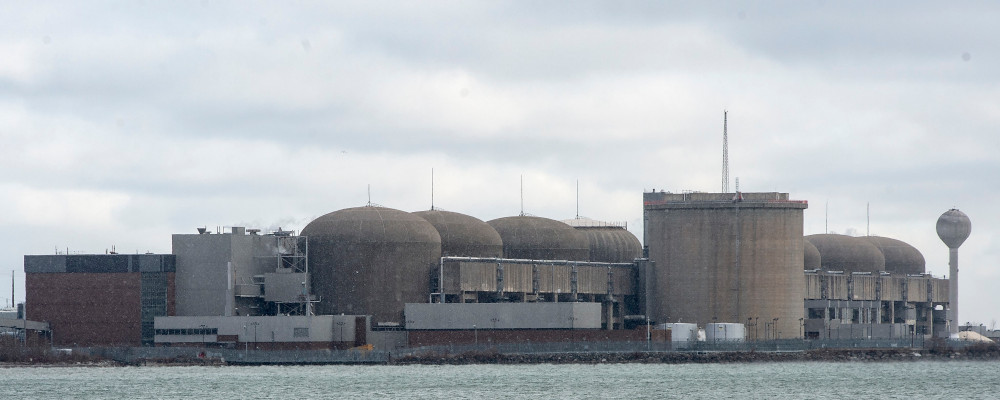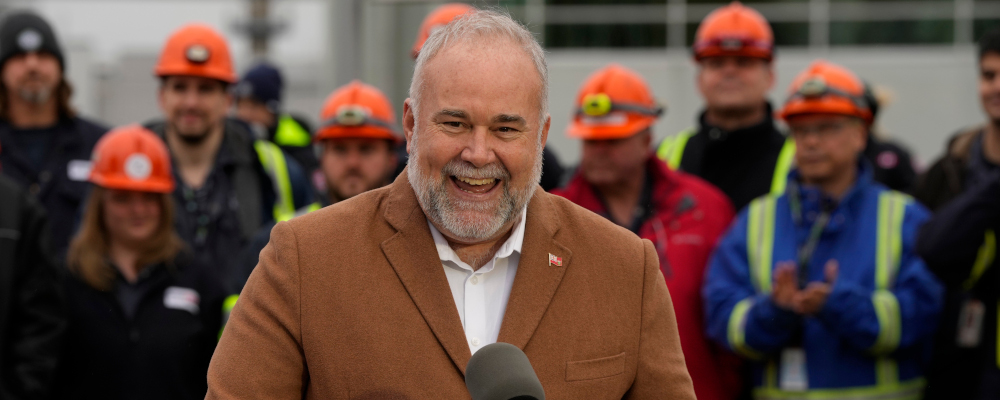The Ontario government’s recent announcement that it intends to refurbish the Pickering nuclear generating station completed a whirlwind seven months of nuclear-related building announcements that began in earnest in July 2023. The expansion at the Bruce nuclear station to make it the largest nuclear station in the world, plans for four new first-of-a-kind Small Modular Reactors at Darlington, and now the refurbishment of the Pickering station are signs of a nuclear renaissance in the Province of Ontario.
These projects are bold, positive, and future-facing, and as such represent Canada’s most technologically complex public infrastructure ever attempted. They are arguably the most ambitious and transformative since the transcontinental railway in the 1880s or the development of the oil sands in the 1960s.
These past projects bet on Canadian ingenuity to accomplish the task at hand and change the underlying economic framework as part of a positive vision of the country. Ontario’s nuclear commitment is similarly optimistic.
Other provinces across the country can follow Ontario’s lead to use nuclear to produce clean, reliable, and affordable electricity. Aiming to have zero or near-zero emissions from Canada’s electricity sector can be an achievable goal in a timely and financially responsible manner while respecting individual provincial idiosyncrasies.

Today, Saskatchewan, Nova Scotia, and Alberta all still use coal in their grids, and while existing policy plans and simple economics are driving coal use down, there is still a question about what is going to replace the stable and cheap electricity generation that coal provides. The answer should be Canadian-developed and built nuclear.
With growth expected in grid demand across the country as electrification and population trends continue to increase, we need to ensure that we have sufficient clean electricity to accommodate for these new energy demands. Nuclear can play a workhorse role in grids across Canada, producing large-scale, cheap electricity for the years ahead, with little land use, while generating domestic economic activity through nuclear supply chain job creation and private investment attraction.
These supply chain jobs will not be limited to operating the generating station, since the uranium that will be used is mined in Saskatchewan and processed in Ontario, and because our domestic success will create international orders for which thousands of Canadians will be employed. Additionally, the construction of the stations will demand thousands of skilled labour workers, helping to provide training, well-paid jobs, and a future reserve of skilled labour for Canada’s economy, whether they go on to work in other high-demand sectors like housing or construction.
In addition to these benefits, cutting national emissions to near-zero by replacing large-scale coal and natural gas generation will also reduce about 7 percent of our current carbon emissions. Assuring clean electricity for the heavy industry, buildings, and transportation sectors (all of which emit more than our electricity sector) will allow them to decarbonize in an economically sound manner. Across the country, heavy industries like steel, aluminum, chemicals, and cement need certainty that there will be sufficient supplies of affordable electricity available before they can fully commit to changing their business practices. Providing those signals clearly by building nuclear stations can help to advance these decisions and achieve our emissions reduction targets, which are impossible without vastly more clean electricity.

There is a global trend towards net-zero and decarbonization, and we must recognize this to ensure our future competitiveness. By providing clean, reliable, and affordable power across the country, we can provide a major value-add for companies that other countries will simply be unable to provide. This is a non-punitive way to rekindle Canada’s economic competitiveness and productivity, something that will be attractive to a country seeking to move on from an unpopular carbon tax. At the same time, we can use these large-scale electricity projects to generate cheap electricity for our citizens to use and reduce the cost of living in Canada, stimulating new domestic discretionary consumer spending.
With past experience in refurbishment gained from previous projects at the Darlington and Bruce nuclear stations, there is a strong case that Ontario is well-positioned to guard against cost and time overruns. The eyes of the world will be on Ontario to see if we can succeed at delivering these projects on time and on budget. If it can, not only will the other provinces be at the table for their own nuclear developments, but our expertise will be in demand as the world looks for reliable, zero-emissions electricity. Such demand would pour billions of dollars into Ontario and Canada’s economy for years to come, fueling major economic growth.
This positive vision of cross-country clean power, with a focus on economic growth, should result in a strengthening of national unity as the country works towards a positive project for the benefit of all.
Recommended for You

Ginny Roth: J.D. Vance, Pierre Poilievre, and how they slice their economic pie

David Polansky: As President Biden leaves the race, will the Democratic Party hodgepodge hold?

Malcolm Jolley: Cool Chardonnays for warm days

Five Tweets on Western Canada’s devastating wildfires











